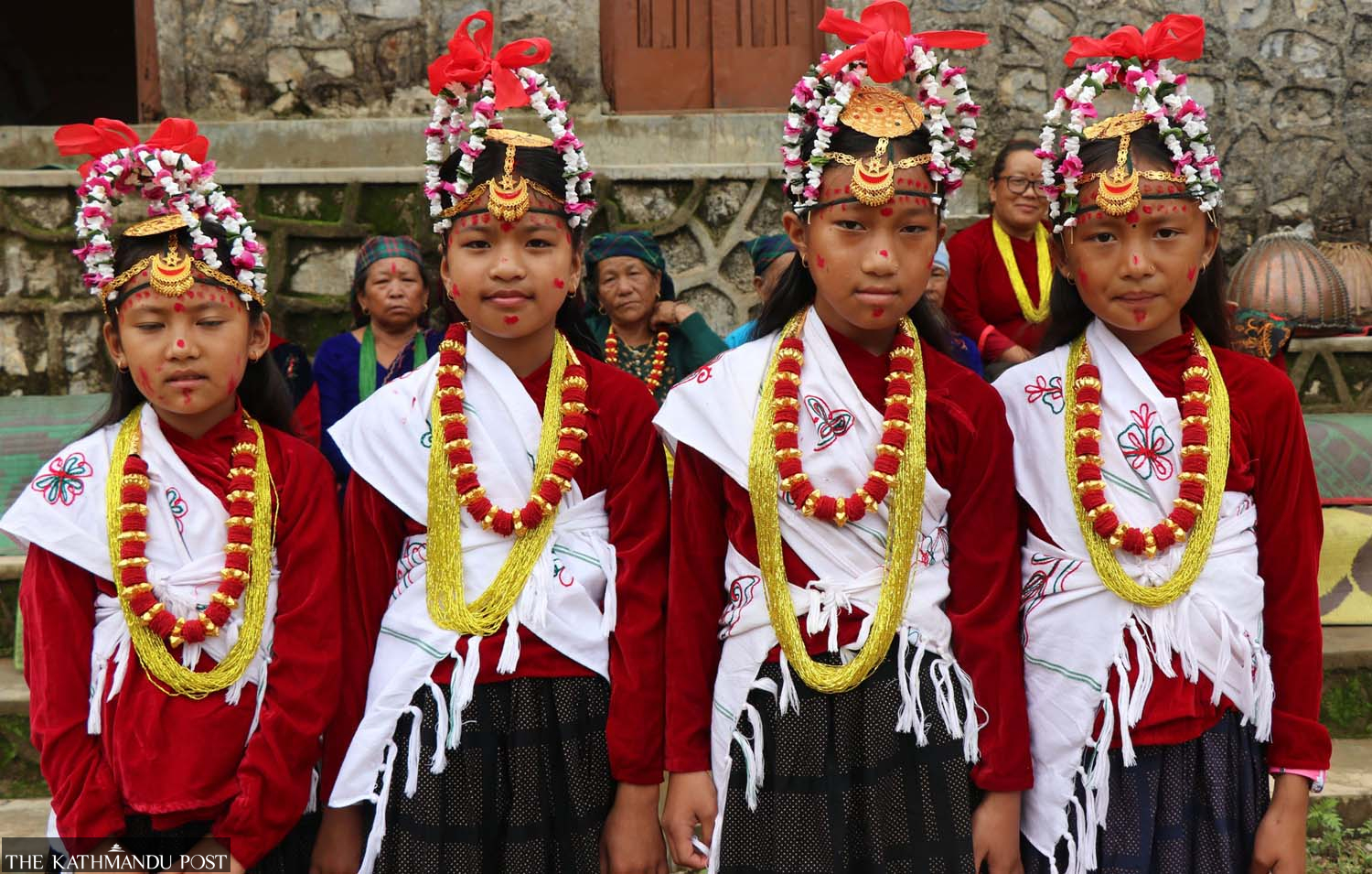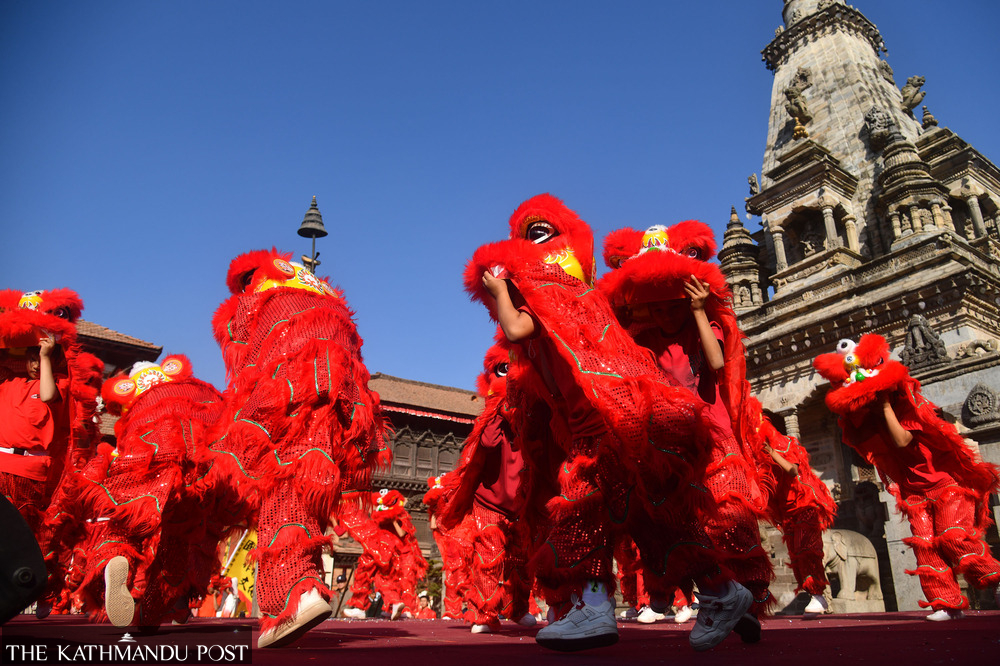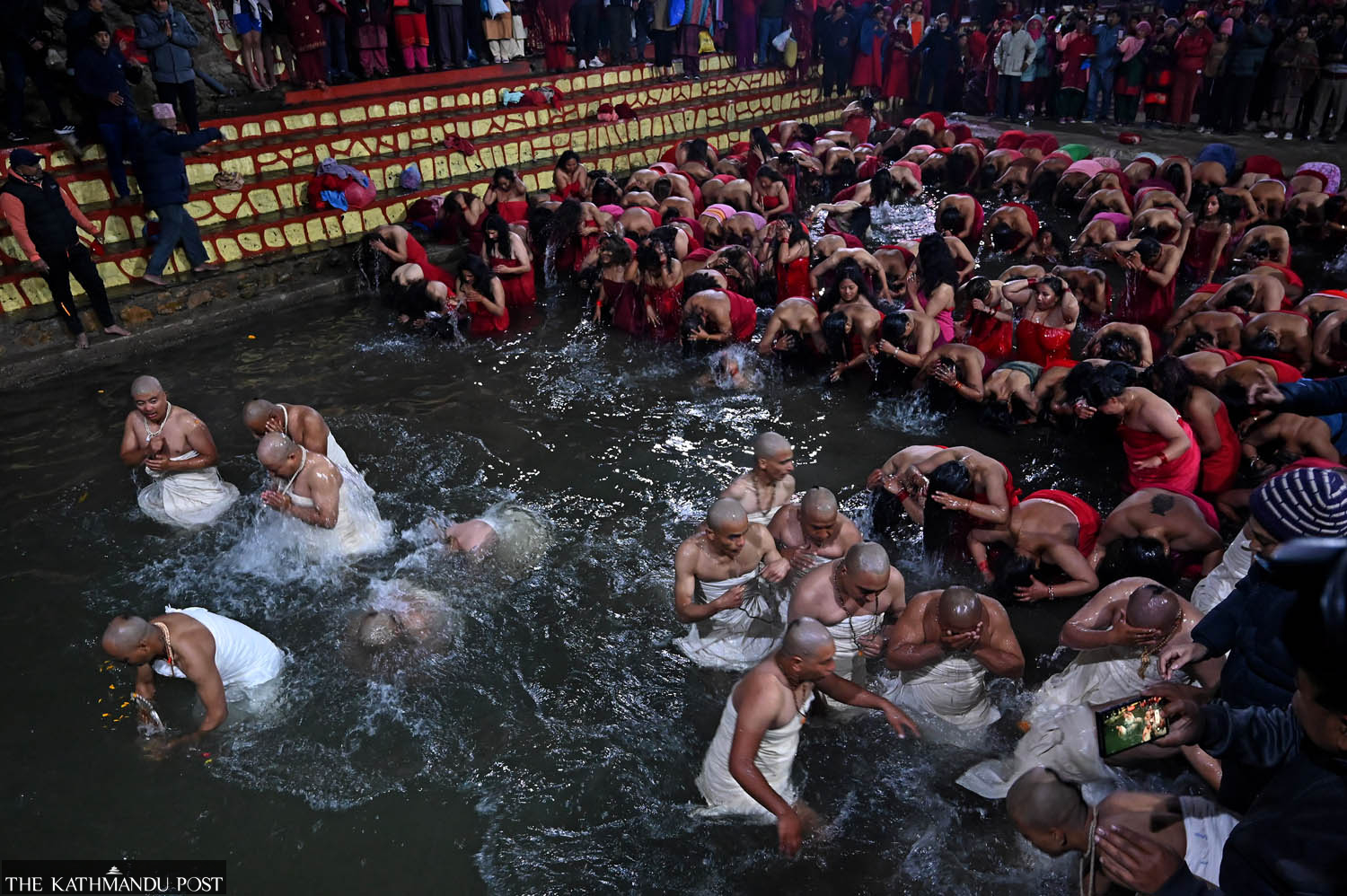Visual Stories
Qingyan: A journey through time
The town, preserved in Guizhou province, captures the architecture, culture, and spirit of China’s Ming and Qing dynasties.
Prakash Chandra Timilsena
Established in 1378, Qingyan Ancient Town is a well-known, centuries-old stone town in Guizhou province. Qingyan has become a popular destination for domestic and international visitors because of its deep-rooted history and rich cultural atmosphere.
Covering three square kilometres, the town reflects the architectural styles of the Ming and Qing dynasties, with many of its original structures remarkably well-preserved to this day.


Qingyan Ancient Town is steeped in a rich cultural atmosphere, drawing many scholars and artisans over the centuries. Its name, ‘Cyan Stone Town’, comes from the plentiful cyan stones in the area. Originally established as a military fortress during the Ming dynasty, Qingyan's strategic location made it an important defense site. Over hundreds of years, the town expanded, with its original earthen walls gradually replaced by stone fortifications and its streets paved in stone. Enclosed by walls, the town is divided into an inner and outer city, preserving its historical structure and unique feature.
I found this quaint, historic town clean and well-preserved, where time paused centuries ago. Visiting felt like stepping into the past, making it well worth a brief but memorable stop.


The town is dotted with old buildings, ancient temples, and sites filled with relics. Additionally, shops sell handicrafts, traditional foods, and local delicacies, adding to the town’s authentic and timeless atmosphere.
The Miao dress, the traditional attire of the Miao people, is a culturally significant garment that embodies the history, artistry, and lifestyle of this ethnic group—one of China’s 55 recognised minorities. Dresses can be rented in this area to click pictures. The Miao people predominantly live in the mountainous regions of southern China, including Guizhou, Hunan, Yunnan, Sichuan, and Guangxi.








 16.12°C Kathmandu
16.12°C Kathmandu.jpg)





